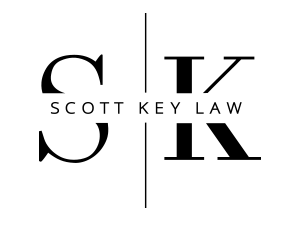The Implications of the New SCOTUS Eyewitness Case on Georgia Cases
Adam Liptak of the New York Times reports that the Supreme Court has held that courts are not required to conduct pre-trial hearings to determine whether the circumstances of an eyewitness identification were so unreliable that the jury shouldn’t hear about the lineup. The Court has held that, only in instances of police misconduct in the identification procedure, should the judge exclude the evidence. Otherwise, the Court held that defendants should rely upon cross-examination to attack the reliability of eyewitness identification.
A dissent, written by Justice Sotomayor, reasons that improper identifications are the leading cause of wrongful convictions nationwide and that the judge should play a bigger role as gatekeeper to safeguard misidentifications.
The news may actually be good for Georgia criminal defense attorneys for several reasonsIt can often be difficult to admit expert witness testimony on witness memory. The Supreme Court’s new focus on the courtroom as the crucible for testing witness memory could arguably open the door to in-court scientific testing of identifications. It will be increasingly important to educate the jury about identifications as the burden of testing reliability shifts from the judge to jurors.
- This may be a good time to focus on jury charges. The Georgia Supreme Court has been on the cutting edge in this area for the last decade. It has eliminated the “level of certainty” charge, reasoning that witnesses are just as certain about misidentifications are they are about good identifications. Since the jury will now be the arbiter of eyewitness reliability, it is time for more jury charges to guide them in this endeavor.
- The precedent isn’t really all that earth-shattering. You may be practicing in different places than the places I go, but judges haven’t been tossing identifications left and right. In fact, the pre-trial ruling has often placed a gold star around the identification, rendering in-trial rulings harmless along the way. The holding shifts the case from one big ruling before trial to a bunch of little rulings on jury charges, expert witness admissibility, and curative instructions. Also, since cross-examinations are now the be all and end all, judges are going to have to give lawyers wider latitude or risk reversal. It’s now time to push the envelope on cross-examination of eyewitnesses. In addition, since it’s now all about confrontation, it will be time to preserve objections under the Confrontation Clause.
So, moving forward, it’s a good idea to keep the case handy and cite to it as positive authority to attack the eyewitness at trial through cross-examination and through experts.


Thanks for sharing. I read many of your blog posts, cool, your blog is very good.